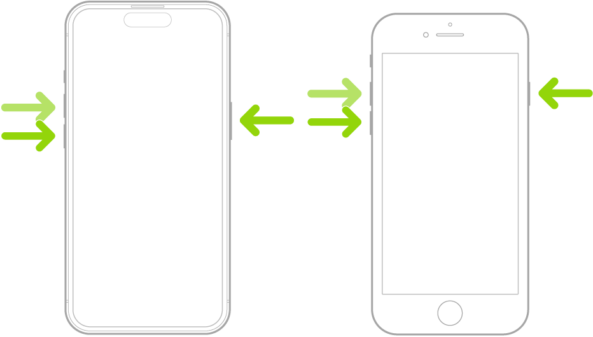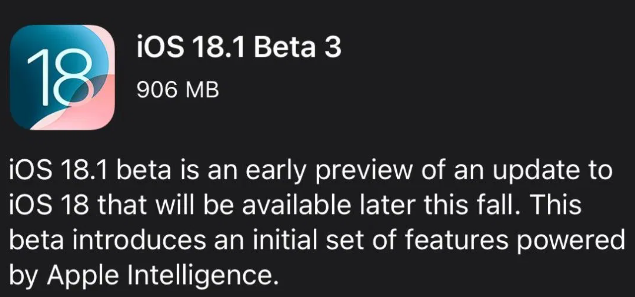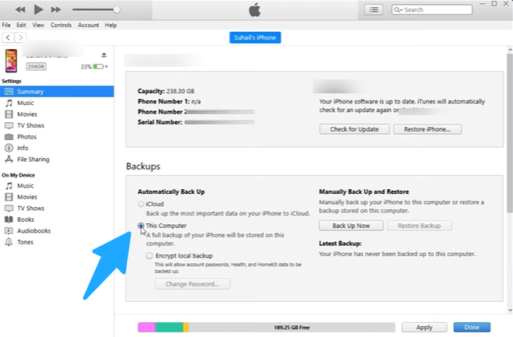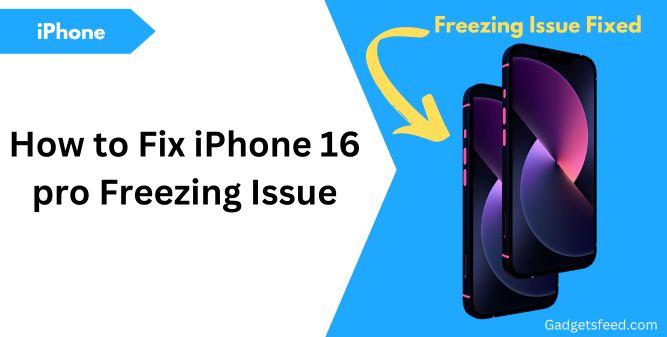The release of Apple’s iPhone 16 series has brought both excitement and some frustrating issues it might be a New Device Syndrome.
One such problem that has been affecting users is persistent freezing, which can be particularly irritating when it disrupts daily tasks.
Whether you’re browsing, texting, or just navigating through your apps, many users have noticed the freezing issue seems to occur frequently near the new camera button introduced on the iPhone 16.
For many, these freezing issues have been a source of ongoing frustration, leading some to question whether they should have stuck with earlier iPhone models or wait for Apple to resolve the problem in future updates.
While there may not be a one-size-fits-all solution, there are several steps you can take to troubleshoot and potentially resolve the freezing problem.
Apple is likely to address these concerns through software updates, offering further improvements over time.
In the meantime, let’s explore into some practical solutions to help manage and fix freezing issues on your iPhone 16.
You may like: Fix Apple Watch Battery Drain after WatchOs 11 update
1) Force Restart iPhone
If you haven’t tried a force restart yet, make sure to do so before exploring other solutions.
A force restart can help resolve temporary glitches or issues with your device.
Here is how to do it:
- Press and quickly release the volume up button.
- Press and quickly release the volume down button.
- Press and hold the side button.
- When the Apple logo appears, release the side button.

2) Reset All Settings
Resetting all settings on your iPhone might help with freezing issue on iPhone 16. This will revert your settings to their factory defaults, potentially fixing any glitch or issue.
Here’s how to reset all settings:
Open the Settings app then Go to General.


Scroll down and tap Transfer or Reset iPhone. Tap Reset and then select Reset All Settings.


This action will reset all settings, including Wi-Fi passwords, Bluetooth connections, and wallpaper. It’s a bit of a hassle, but it’s a useful step to try before considering more complex solutions.
Reset all settings will not delete your data
3) Check for any recent Update from Apple

Some users have reported that the iOS 18.1 beta has resolved some of the freezing issues they were experiencing.
It’s worth checking if there’s a new update available for your device, as it might contain fixes that address the problem.
4) Disable or Delete VPN Configuration
Check your VPN which might be the culprit of iPhone 16 Pro freezing, as it can interfere with the cloud backup restoration over Wi-Fi or cellular. Here’s a general solution to resolve this problem:
1) Check VPN Settings: Navigate to Settings > General > VPN & Device Management. Look for any active VPN connections.



2) Verify VPN Status: Ensure that the VPN status is set to “Not Connected.” Go to Settings > General > VPN & Device Management to check the VPN status.


By following these steps, you can eliminate the VPN-related interference and restore proper Wi-Fi functionality, which may help fix the freezing issues on your iPhone 16 Pro.
5). Use iPhone-to-iPhone Transfer
If your new iPhone 16 Pro already has data on it and you’re encountering freezing issues, resetting it and opting for a direct iPhone-to-iPhone transfer can be an effective solution.
This method is especially useful for users who haven’t yet traded in their old iPhone and still have all the data on their previous device. Here’s how to do it:
1) Connect Your New iPhone to a Mac: Plug your new iPhone into a Mac using a USB cable, then open Finder. Select your iPhone from the available devices in Finder.
2) Turn Off Find My iPhone: On your new iPhone, go to Settings > iCloud > Find My iPhone and turn it off. It may take a few tries if the phone is crashing.
3) Erase All Data on the New iPhone: In Finder on your Mac, click Restore iPhone without creating a backup. This will wipe your new iPhone completely, setting it back to a factory-new state.
Note: Note: If you’re signed in to Find My, you need to sign out before you can click Restore.
4) Skip iCloud Backup: After resetting, during the setup process, skip the option to restore from an iCloud backup.
5) Use iPhone-to-iPhone Transfer: Keep your old iPhone nearby and also connect both phones to wifi or cellular and turn on the Bluetooth, select the option to transfer data directly from the old phone to the new one. This will bypass iCloud and use a direct connection between the devices, reducing potential crashes.
6) Follow the On-Screen Instructions: Let the iPhones complete the transfer, which should bring over all your apps, settings, and data without the risk of freezing.
By resetting your new iPhone and using the iPhone-to-iPhone transfer, you can avoid issues that often arise from iCloud backups and ensure a smoother transition without the frustrating freezes.
6) Backup Your iPhone to a MacBook or iMac and Restore to Fix Freezing Issues
Backing up your iPhone directly to your MacBook or iMac is a straightforward process that can help resolve freezing issues.
To start, open Finder and connect your iPhone using a USB cable. Your device should appear under “Locations.” If you don’t see it, click the down arrow to refresh the list.

Once your iPhone is recognized, click on it. In the window that opens, select the option to back up all data on your iPhone to this Mac.

Make sure to check the box for encrypted backups to protect your passwords and sensitive information. Click on the “Backup” button to initiate the process. You may need to enter your device passcode to trust the computer.
The backup may take some time, depending on the amount of data on your iPhone, so be patient while the progress bar updates.
Once completed, you’ll see the backup status revert to gray and white bars, indicating it’s done.
After that disconnect your iPhone from your Macbook/iMac and go to turn on your iPhone and then go to General and There transfer and reset and iPhone and on the popup tap on erase all content and settings.
Note: If you have an eSIM, you can choose to erase your eSIM or keep it. If you erase your eSIM, you need to contact your carrier to reactivate your cellular plan.



Once it’s done again connect your iPhone to your Macbook where you have a backup and restore the backup from there and you are done the issue of freezing will be fixed now

7) Backup Your iPhone to PC Using iTunes and Restore It
To back up your iPhone to a PC, you’ll need your device’s data transfer cable and iTunes. Here’s a quick guide to get you started:
1) Install iTunes: Open the Microsoft Store on your PC, search for iTunes, and install it. After installation, launch iTunes and sign in with your Apple ID.

2) Connect Your iPhone: Plug your iPhone into your PC using the USB cable. If this is your first time connecting, your iPhone will ask if you trust this computer. Tap “Trust” and enter your passcode.

3) Set Up Backup: In iTunes, you’ll see a summary screen for your iPhone. To back up your device, choose “This Computer” under the backup options. If you want to encrypt your backup for added security, select the “Encrypt iPhone backup” option and set a password. Otherwise, click “Back Up Now” to start the backup process.

Note: If you choose to encrypt your backup with a password, make sure to remember the password or write it on page. You’ll need this password to access and restore the encrypted backup later.
4) Erase all Content on Settings
After that disconnect your iPhone from your laptop and turn on your iPhone and then go to General and There transfer and reset and iPhone on the popup tap on erase all content and settings.
Note: If you have an eSIM, you can choose to erase your eSIM or keep it. If you erase your eSIM, you need to contact your carrier to reactivate your cellular plan.



5) Restore from Backup: To restore your iPhone from a backup, connect your device, open iTunes, and select “Restore Backup.” Pick the backup you want to use and click “Restore.”

With these steps, you can easily back up your iPhone and restore it to fix the freezing issue that most users encounter on iPhone 16.
Additional steps you can do if still Encountering the Freezing issue
If your iPhone 16 Pro continues to freeze despite troubleshooting, consider the following additional steps:
- Update Apps: Ensure all your apps are updated to the latest versions. Outdated apps can sometimes cause performance issues or conflicts.
- Update Your iPhone: Check for the latest iOS updates. Some users have found that upgrading to iOS 18.1 beta has resolved similar issues. Go to Settings > General > Software Update to check for updates.
- Check for Hardware Issues: If the problem persists, it may be related to a hardware defect. If your iPhone frequently fails during updates or resets, visiting an Apple Store for a diagnostic check could be necessary to determine if there is a hardware
Wrapping Up
I hope these solutions help resolve the freezing issue, as many users have shared via email that the Mac or iTunes backup method worked for them.
If the problem persists, feel free to email me for further advice, or visit the Apple Genius Bar for additional support.
Since hardware issues could be a factor with newer devices, the experts there can offer a more in-depth diagnosis and get your iPhone back on track.

Hi, I’m Michael Davis, the owner and writer of GadgetsFeed.com. This website is where I share my knowledge and passion for tech, laptops, and computers. I’m a software engineer by profession, and I enjoy testing and reviewing various gadgets and technologies. I started GadgetsFeed.com to help others find easy solutions for their laptop, computer, and tech problems.
